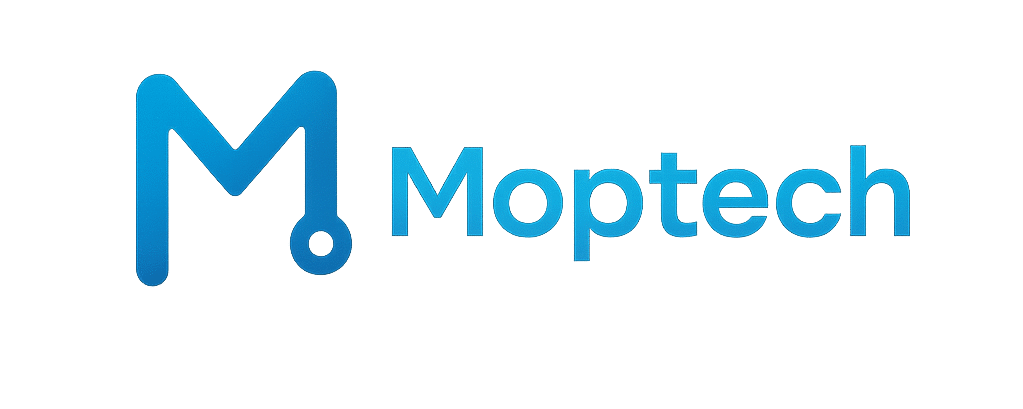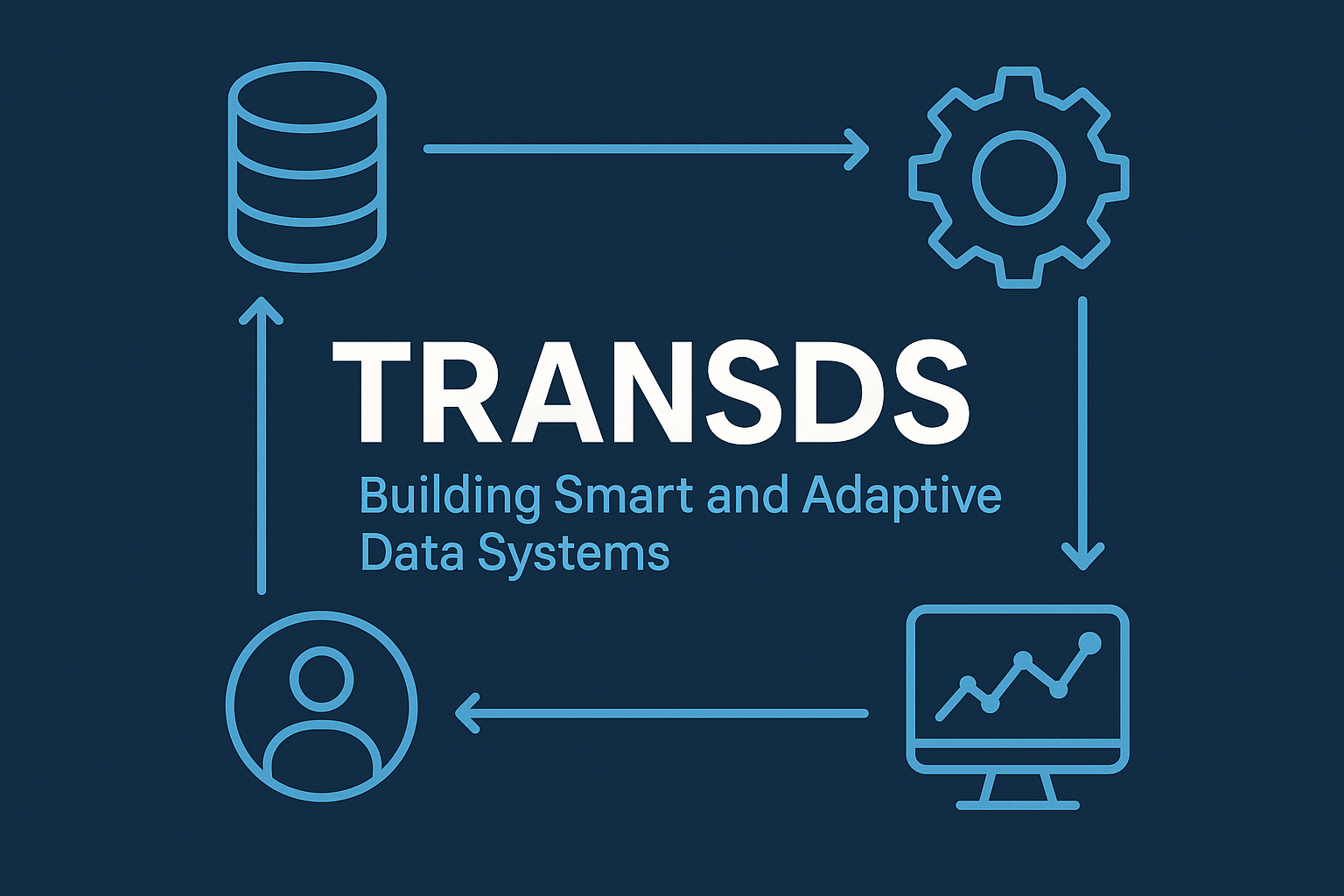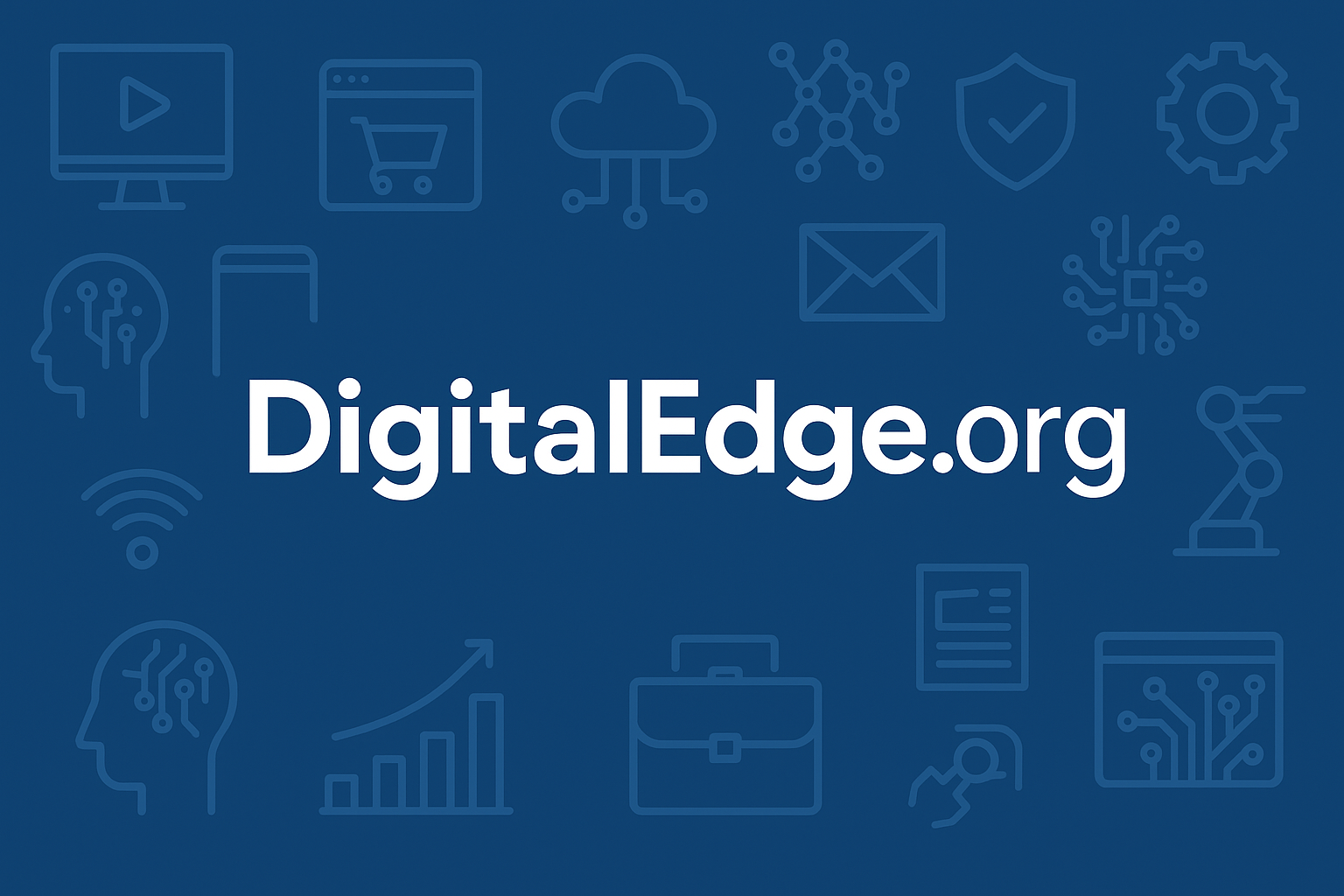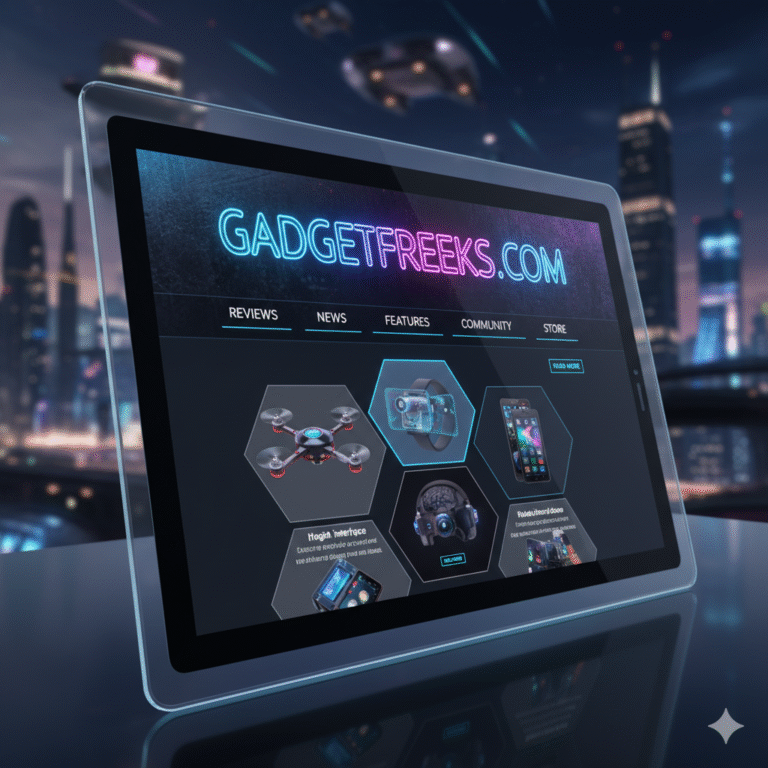Transds The New Way of Connecting and Changing Data Systems
The world today runs on data and technology changes every day, to keep up with these changes we need systems that can grow and change too, this idea is called Transds, the word Transds means Transitional or Transformational Data Systems, it is a new way of building data systems that can connect different tools and learn to change on their own
Transds is not only a technology idea, it is also a way of thinking about how systems can keep improving all the time, it helps people and businesses move from old static tools to new active systems that can adapt fast
What is Transds
The word Transds comes from two parts
- Trans means change or transformation
- DS means data systems or digital systems
So Transds means a system that can change and grow while it connects data and tools together, the main goal of Transds is to create a living system that can learn from data and keep working better without stopping
Main Ideas of Transds
Transds follows five simple ideas
- Adaptability means the system can change when needed
- Automation means it can do many tasks on its own
- Integration means it can join data from many sources
- Interoperability means it can work with other systems easily
- Real Time Action means it can show and use data the moment it appears
These ideas make Transds useful in every area of work or study
Important Parts of a Transds System
| Part | Role | Goal |
|---|---|---|
| Data Layer | Joins all data from many sources | Keeps information in one place |
| Automation Engine | Runs tasks automatically | Saves time and reduces human error |
| Communication Hub | Connects to other systems | Makes data sharing easy |
| Monitoring System | Checks system health and speed | Keeps the system running smooth |
| Security Layer | Protects data and privacy | Keeps information safe |
Every part works together like organs in a body, when one part learns or grows the rest adjust to keep balance
How Transds is Used
In Information Technology
- Helps connect cloud systems and servers
- Makes moving data easier without stopping work
- Monitors performance and errors automatically
In Healthcare
- Brings together patient data from many sources
- Helps doctors make fast and better decisions
- Reduces mistakes and improves care
In Smart Cities
- Connects traffic lights sensors and public services
- Makes power and water use more efficient
- Helps with safety and emergency response
In Manufacturing
- Connects supply chain and production systems
- Predicts when machines need repair
- Improves product quality and lowers waste
In Business Operations
- Joins sales HR and finance data
- Automates reports and tasks
- Gives managers live dashboards with updates
Benefits of Transds
Transds has many clear benefits
Operational Benefits
- Cuts manual work and human error
- Reduces time needed to share and process data
- Makes workflow smooth and fast
Technical Benefits
- Easy to grow or shrink as needs change
- Can use new tools like AI or cloud quickly
- Keeps working during upgrades
Business Benefits
- Makes companies more flexible and ready for change
- Reduces costs from extra software or systems
- Builds teamwork across departments
Sustainability Benefits
- Saves power and storage
- Reduces waste from data copies
- Helps green and smart growth goals
Challenges in Transds
Even with many good sides Transds can be hard to build
Technical Problems
- Hard to join old systems with new ones
- Needs strong security for nonstop data flow
- Must stay stable during real time processing
Organizational Problems
- People may resist new technology
- Lack of skilled workers in data and automation
- Difficult to manage teamwork in big change
Financial Problems
- Setup cost is high in the beginning
- Results may take time to show
- Needs ongoing funds for updates
Data and Security Risks
- More connected systems mean more risk
- Rules like GDPR and HIPAA must be followed
- Data control can get complex
Steps to Build a Transds System
Step 1 Assess and Plan
- Check what systems and data are already used
- Find what needs fixing or joining
- Set goals and success points
Step 2 Design the Framework
- Create simple and flexible layers
- Add clear rules for automation and data flow
- Choose safe and scalable platforms
Step 3 Run a Pilot
- Start small with one area like inventory or reports
- Measure what works and what fails
- Improve before full launch
Step 4 Launch Fully
- Roll out across all teams
- Train staff and share guides
- Monitor progress often
Step 5 Keep Improving
- Collect feedback from users
- Add updates and new tools
- Let AI learn and adjust automatically
To make Transds work well an organization should
Keys to Success
- Have leaders who support change
- Encourage all teams to work together
- Keep data clean and secure
- Use automation wherever possible
- Build systems that can grow easily
- Keep learning and updating
Future of Transds
The future of Transds looks exciting and full of new growth
AI and Learning Systems
Transds will use more AI to make smart choices without human help, systems will predict what users need and act fast
Edge and IoT Growth
Data will move closer to where it is made, smart devices will update each other in real time
Sustainable Technology
Transds will support green goals by using less power and reducing waste, systems will follow eco friendly data use
Easier Access for All
Low code and no code tools will let anyone use and build Transds, people in any team can create workflows without needing coding
New Data Rules
As Transds grows governments will create new laws for data safety and ethics, transparent systems will be more trusted
Data Flow Example in a Transds System
| Stage | What Happens | Result |
|---|---|---|
| Collect | Data comes from devices and apps | Data stored in one source |
| Process | AI checks and cleans data | Errors removed and data organized |
| Analyze | Patterns and trends found | Smart insights created |
| Act | System adjusts automatically | Faster work and better results |
| Review | Data and performance tracked | System learns and improves |
This simple loop keeps the system learning all the time
Impact Across Industries
Healthcare
- Faster patient data access
- Early warnings for health risks
- Safe data sharing between hospitals
Finance
- Detects fraud faster
- Helps manage compliance and audits
- Improves market forecasting
Manufacturing
- Real time quality checks
- Predictive repair systems
- Reduced waste and higher safety
Education
- Personalized learning paths
- Smart class and campus systems
- Better resource tracking
Public Services
- Real time data for planning
- Smart waste and energy use
- Open data for citizens
Ethics and Governance
Every Transds system must stay fair and safe, it should follow basic rules
- Transparency in how data is used
- Accountability for actions made by AI
- Privacy for all users
- Security for all systems
- Fairness in decisions made by automation
These rules make Transds systems trustworthy and reliable
Key Points to Remember
- Transds means Transformational Data Systems
- It connects tools and data into one adaptive network
- It is built on automation integration and real time updates
- It can help in all fields from business to education
- It saves cost time and energy while improving decisions
- It needs strong planning training and safety controls
- The future of Transds includes AI IoT and green computing
Frequently Asked Questions
What does Transds mean?
Transds means Transformational or Transitional Data Systems, it is a way to connect and improve digital systems so they can change and grow easily
Why is Transds important?
Transds helps people and businesses keep up with fast changes in technology, it saves time and money by automating work and improving data sharing
How does Transds work?
Transds joins data from many places into one system, it uses simple rules and sometimes AI to make decisions and adjust processes in real time
What are the main benefits?
- Faster work with less human effort
- Lower cost and fewer errors
- Easier access to live data
- Better teamwork across departments
- Systems that can grow and learn automatically
Where is Transds used?
Transds is used in many areas such as
- Healthcare for patient data management
- Manufacturing for machine control and quality checks
- Business operations for automating reports
- Smart cities for energy and traffic control
- Finance for fraud and risk monitoring
What skills are needed to use Transds?
People working with Transds need basic data management and digital tools knowledge, some systems may need AI or automation experts for setup and monitoring
What are the challenges?
- High cost at the start
- Difficulty connecting old and new systems
- Lack of trained people
- Need for strong data security and privacy
Can small businesses use Transds?
Yes they can start small with simple tools, cloud platforms make it easy to scale up later
Does Transds use AI?
Yes many Transds systems use AI to make smart decisions and learn from data over time
How is Transds different from normal data systems?
Normal systems stay fixed until someone changes them, transds systems can adjust and update automatically while still running
Conclusion
Transds is more than a tech word, it is a new way to think about systems, it helps people and organizations move from slow change to constant growth, it allows every part of a digital world to work together and learn as it grows
The goal of Transds is simple, to build systems that never stop learning and always keep improving, it is the next big step in how data and technology shape our future







